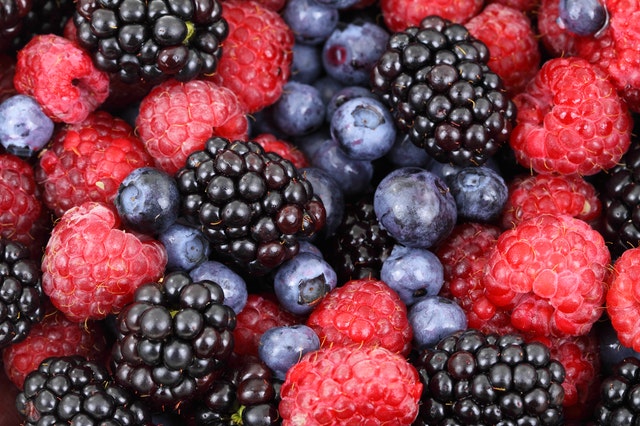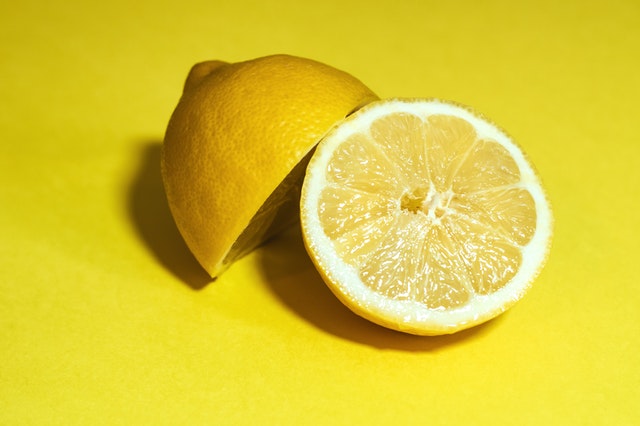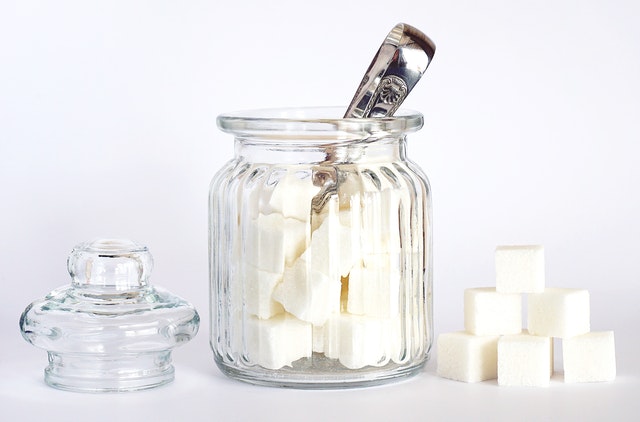It’s easy to tweak food slightly to enhance your enjoyment of it. Just a pinch of salt, sugar, or MSG, or a squirt of lemon juice, can improve a dish’s balance or make the flavors pop. You might also scatter crispy breadcrumbs or chopped nuts on top to add complexity through texture. Every eater does some of this, especially adding salt, without much thought.
On the other hand, we tend to believe a wine is what it is. We’ll like it, hate it, love it, or be bored by it, but our destiny with a given wine is preordained by the bottle. That’s not true though. You can tweak a wine toward your preferences, without actually adulterating it.
Here are some common issues you might have with a wine and the ways to address them.
Fruitiness

If the wine seems too fruity or the fruit is too jammy…
Option 1: Cool the wine down. That will make it taste less fruity and the remaining fruit will be more tangy.
Option 2: Pair the wine with food that is fruity. The wine will seem less so in comparison.
Option 3: Pair the wine with food that is bitter. Fruitiness and bitterness balance each other.
If wine doesn’t seem fruity enough…
Option 1: Allow the wine to warm up.
Option 2: Let the wine breathe. The fruity esters may just need some time mix with air.
Option 3: Decant the wine. That will stir up the esters. [Note that if the wine is aged, you should probably not decant the wine vigorously or for an extended period..]
Option 4: In some red wines, the fruit may be masked by tannins. In that case, pair the wine with food that is rich in non-seafood protein. The proteins will bond with the tannins, opening up the flavors.
Option 5: Pair the wine with bitter food. That bitterness should make the wine seem fruity in comparison.
Option 6: If you’re drinking it with a meal, add a touch of salt to the food. The residual salt in your mouth will decrease the wine’s bitter aspects, allowing the fruit to show more.
Tannins
If a red (or orange) wine seems too tannic (drying in the mouth)…
Option 1: Pair it with food that is rich in non-seafood protein. The tannins will link with the proteins, creating a softer, more viscous mouthfeel and allowing more flavor to emerge.
Option 2: Decant the wine. Decanting is less effective for tannin management than food pairing, but it can help.
If a red wine doesn’t seem tannic enough…
Option 1: Cool the wine down a bit. That will emphasize acid and tannins, bringing it closer to balance.
Option 2: Drink it with a salty food, or add salt to the food you already have. That will increase the perception of tannin in the wine.
Acidity

If the acidity seems too high [the wine is too tart or sour]…
Option 1: Let the wine warm up. Holding the glass in your hands can speed that process.
Option 2: Pair the wine with a high-acid food, or add acidity to the food with a squeeze of lemon. The tart food will make the wine seem less so in comparison.
Option 3: Pair the wine with a food that is either bitter or sweet. Both of those tastes balance acidity.
Option 4: Pair the wine with a food that is mouth-coating and low in acid, such as creamy or chalky cheese. The low pH of the wine will be balanced by the high pH cheese.
If the acidity seems too low…
Option 1: Cool the wine down. The colder a wine, the juicier it will feel in your mouth.
Option 2: Drink it with a salty food, or add salt to the food you already have. That will increase the perception of acidity in the wine.
Alcohol
If the alcohol seems too high [smells too much like alcohol or is very warming in the mouth]…
Option 1: Cool the wine down. The colder a wine, the less prominent its alcohol will seem.
Option 2: Decant the wine. Alcohol evaporates more readily than water. Decanting for an hour or two can drop its alcohol percentage by up to 2%. That’s a very significant change.
If a wine doesn’t seem aromatic or flavorful enough…
Option 1: Allow the wine to breathe (and warm up) in your glass.
Option 2: Decant the wine
Sweetness

If a wine seems too sweet…
Option 1: Chill the wine. That will decrease the perception of sweetness.
Option 2: Pair it with sweet food. The food’s sweetness will make that of the wine seem lower.
Option 3: Pair it with high-acid, or bitter foods. Sour and bitter balance sweetness.
Flaws
If a wine is mildly corked, but you’d like to drink it anyway…
Option 1: Drink it quickly and don’t swirl it. The longer cork taint is exposed to air, the more prominent the taint becomes.
Option 2: Pour the wine over plastic wrap, or put plastic wrap in your glass. Then, remove the plastic and drink the wine quickly. Cork taint bonds with plastic. So, pouring the wine over plastic wrap can remove some cork taint, making the wine more palatable. [Doing this can be messy, so it’s best done in the kitchen.]
If a wine smells reductive (aromas of match stick, sulfur, or skunky)…
Option 1: Let the wine breathe in your glass.
Option 2: Decant the wine.
Option 3: Place a clean, pre-1982 penny in the glass. Let it soak a few minutes. Remove the penny before drinking. [The old pennies were mostly copper. Now they’re mostly zinc. Sulfur bonds to copper, so the old penny will strip sulfur out of the wine.]
An easy problem to solve
If the bottle is empty…
Buy more wine! JJ Buckley has a huge selection of wines you’ll love, even without tweaking.
JJ Buckley guest blogger Fred Swan is a San Francisco-based wine writer, educator, and authority on California wines and wineries. His writing appears in The Tasting Panel, SOMM Journal, GuildSomm.com, Daily.SevenFifty.com, PlanetGrape.com, and his own site, FredSwan.Wine (formerly NorCalWine). He teaches at the San Francisco Wine School. He's founder of Wine Writers' Educational Tours, an annual, educational conference for professional wine writers. He also leads private wine tours and conducts tastings and and seminars. Fred’s certifications include WSET Diploma, Certified Sommelier, California Wine Appellation Specialist, Certified Specialist of Wine, French Wine Scholar, Italian Wine Professional, Napa Valley Wine Educator, Northwest Wine Appellation Specialist, and Level 3 WSET Educator. He's been awarded a fellowship by the Symposium for Professional Wine Writers three times.